Graham Reid | | 5 min read

Until the “rediscovery” of Alice Coltrane's spiritual albums in the past decade or so – with reissues of her Impulse! albums and tapes from the ashram -- the harp in jazz was considered about as hip as the flute when Ron Burgundy played it in Anchorman.
These days – in part thanks to the likes of Zeena Parkins, alt.folkie Joanna Newsom and maybe even the rehabilitation of the New Age music of Andreas Vollenweider – jazz harp is back in the foreground.
Multi-instrumentalist Parkins' work with the coolest of the out-there cool (Bjork, John Zorn, Matmos, Nels Cline and many others) certainly places her in the vanguard of the instrument's resurrection.
But in the grand canon one name other than Alice Coltrane deserves acknowledgement: Coltrane's peer, the late Dorothy Ashby (1932-86) who propelled the harp to the frontline of jazz in the Fifties (her '58 second album was Hip Harp) and in her later career worked with Stevie Wonder, Minnie Riperton, Bill Withers, Freddie Hubbard and Gene Harris among many others.
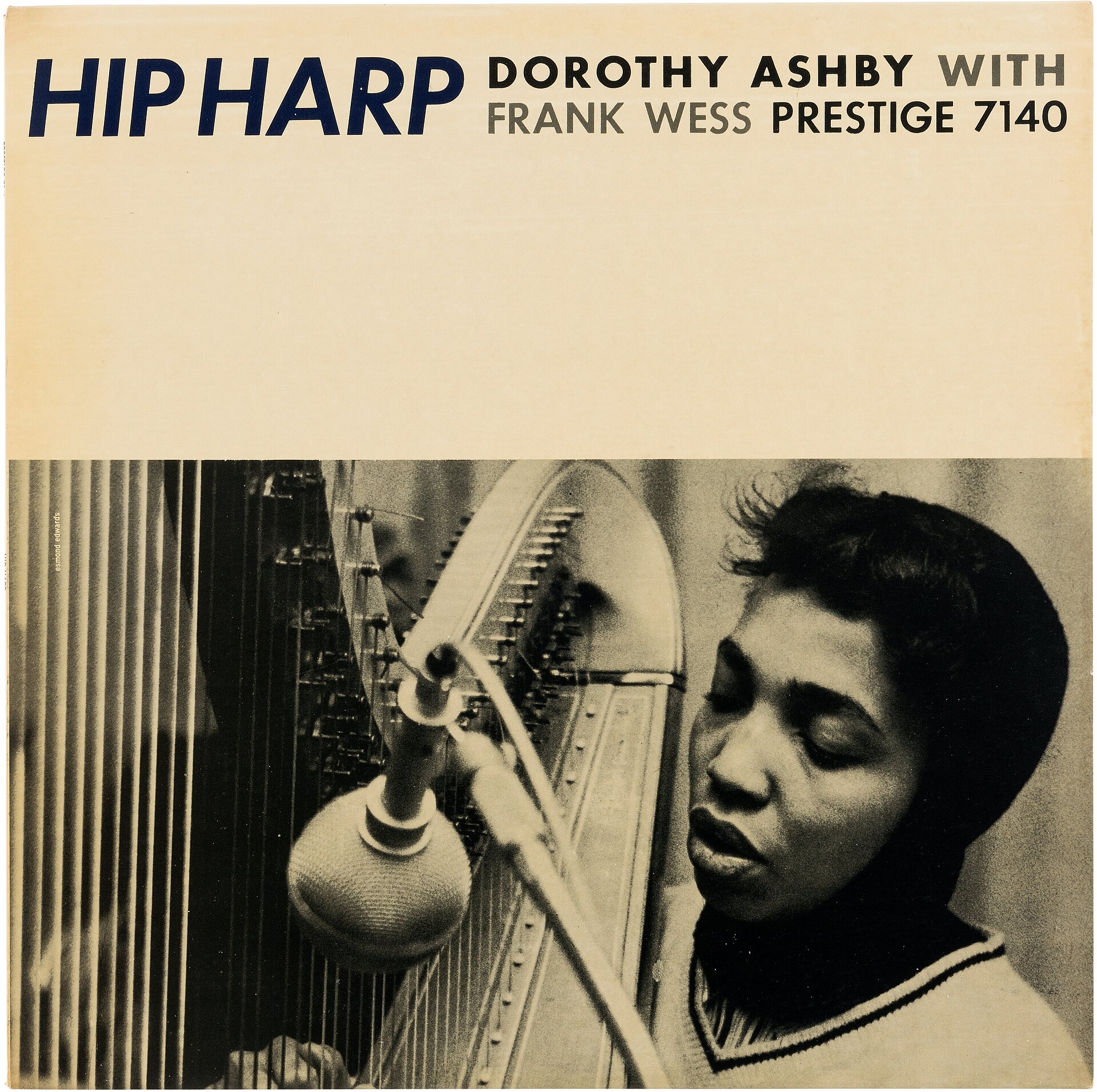 Check the small print on Wonder's Songs in the Key of Life, Bobby Womack's The Poet and The Poet II, and Hubbard's Bundle of Joy.
Check the small print on Wonder's Songs in the Key of Life, Bobby Womack's The Poet and The Poet II, and Hubbard's Bundle of Joy.
But all that came later and, if we were to be totally honest, her Hip Harp album was probably only “hip” to sophisticates, bachelor pad habitués and Playboy Mansion members.
It was classy, cool and swinging, but in the context of the period – Miles Davis' Birth of the Cool and Dizzy Gillespie come to mind – never especially challenging, although she really picks up Dancing in the Dark which is the album's standout track.
Things would change however.
Born in Detroit in 1932, Ashby – also a pianist, singer and composer in a musical family – took it on herself to play the harp and take it outside the classical confines into improvised music.
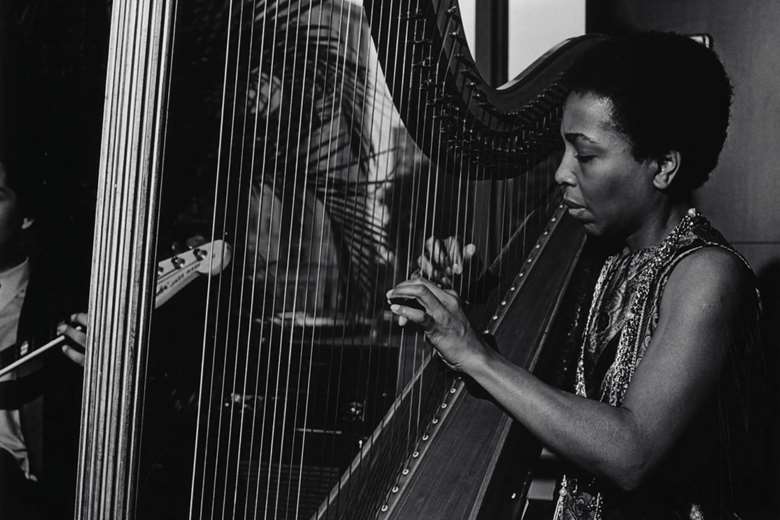 By 20 she was dedicating herself to jazz harp and was spotted by flute player Frank Weiss of Count Basie's band. He appears on her debut '57 debut The Jazz Harpist (on Savoy), Hip Harp and In a Minor Groove – the latter engineered by Rudy Van Gelder and produced by Prestige's Bob Weinstock – which was her first outstanding album.
By 20 she was dedicating herself to jazz harp and was spotted by flute player Frank Weiss of Count Basie's band. He appears on her debut '57 debut The Jazz Harpist (on Savoy), Hip Harp and In a Minor Groove – the latter engineered by Rudy Van Gelder and produced by Prestige's Bob Weinstock – which was her first outstanding album.
Early on she concentrated on standards but steadily introduced other styles and instruments – Middle Eastern music, Japanese koto, Brazilian music, bebop and soul – and she seemed to appeal to great drummers.
Roy Haynes was on In a Minor Groove, Jimmy Cobb on Soft Winds in '61 and Grady Tate on The Fantastic Jazz Harp of Dorothy Ashby in '65 (produced by Arif Mardin).
In many of these early albums Weiss' flute can seem the more dominant instrument but In a Minor Groove really belongs to her, even as it shifts towards exotica with Taboo.
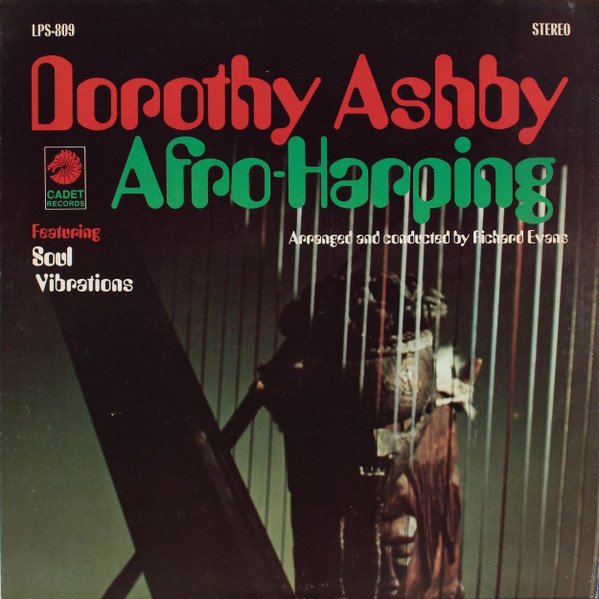 Contemporary critics have heard elements of Bud Powell and Wes Montgomery in her playing on In a Minor Groove and single out It's a Minor Thing and Alone Together for special consideration.
Contemporary critics have heard elements of Bud Powell and Wes Montgomery in her playing on In a Minor Groove and single out It's a Minor Thing and Alone Together for special consideration.
Her self-titled '62 album is worth seeking out, just for the diversity of what she plays: standards like Secret Love, Satin Doll and Stranger in Paradise alongside Gloomy Sunday and her joyful original Booze.
Some would say her finest hour – and in its recently released expanded edition it gets to an hour and 13 – is the '68 album Afro-Harping which opens with the much-sampled soul-funk of Soul Vibrations written by producer Richard Evans which brings in theremins and a jazz orchestra.
It has an unstoppable beat and bass line, woozy strings and her harp is echoed (and there's an alternate take in the Deluxe edition with rather too-prominent theremin).
The title track – an original co-written with bassist Phil Upchurch – is similarly conceived as a slice of psychedelic soul-funk. There's a five and a half minute alternate take in the expanded edition.
Elsewhere it is a bit lighter but even the Bacharach-David Look of Love gets an exotica treatment.
With a Ramsey Lewis/I'm In With The In Crowd mood (Action Line, Little Sunflower) and midnight miniatures like Come Live With Me, Afro-Harping is the Ashby album to gravitate to.
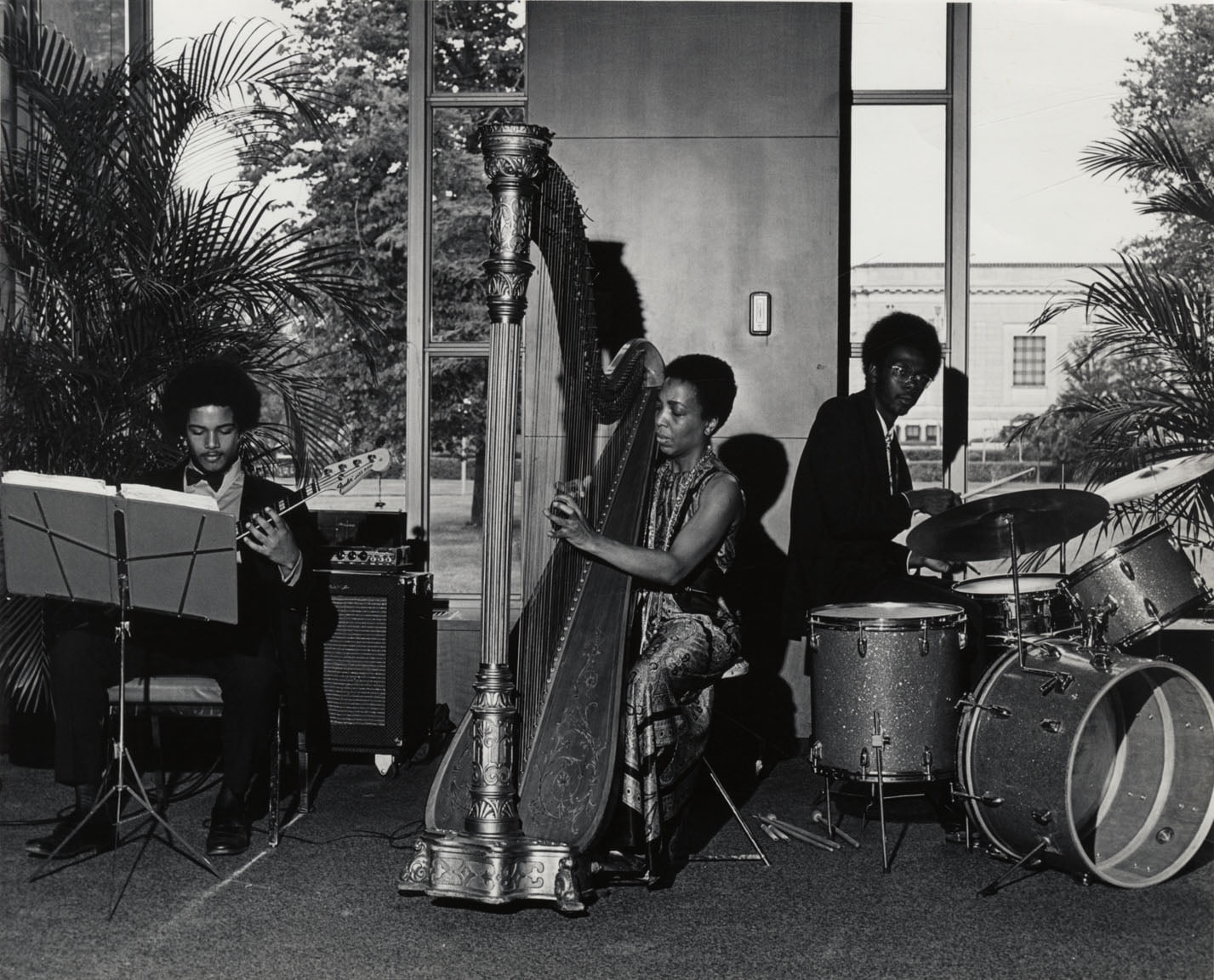 Although Dorothy's Harp of the following year – sophisticated MOR standards like By The Time I Get to Phoenix, Love is Blue, This Girl's In Love With You, The Windmills of Your Mind and Fool on the Hill – is worth hearing because once again producer Evans mixes matters up.
Although Dorothy's Harp of the following year – sophisticated MOR standards like By The Time I Get to Phoenix, Love is Blue, This Girl's In Love With You, The Windmills of Your Mind and Fool on the Hill – is worth hearing because once again producer Evans mixes matters up.
The Rubaiyat of Dorothy Ashby was her most ambitious: she sings (very well) and plays koto (check the terrific For Some We Loved) on an orchestrated album (again by Evans) which is both funky and grounded in the spirituality of Omar Khayyam.
There is the mesmerisingly percussive Wax and Wane, the string-drenched and dramatic ballad Shadow Shapes and the trip-adelic groove of The Moving Finger.
Her final album under her own name in '84 was her playing Rodrigo's Concierto de Aranjuez, a Gershwin medley, Yesterday, Greensleeves and Autumn Leaves.
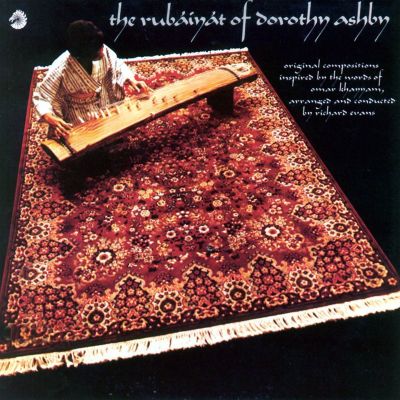 Along the way she'd been sought out by numerous greats as we've noted – add Billy Preston, Sonny Criss and others – but she died of cancer in '86 at age 53.
Along the way she'd been sought out by numerous greats as we've noted – add Billy Preston, Sonny Criss and others – but she died of cancer in '86 at age 53.
Dorothy Ashby didn't reach for the spiritual heights of Alice Coltrane and wasn't the first or only woman harpist in jazz. In her own lifetime Corky Hale played with Ella Fitzgerald and Chet Baker although she, as Ashby would become, was more a session player than a key element.
But her career was quietly extraordinary, she doubtless paved the path for current players like Brandee Younger (who recorded the album Wax & Wane which also included the track Afro-Harping) and brings in soul and spiritual aspects.
Aside from the expanded reissue of Afro-Harping there are pieces right throughout Ashby's too-brief catalogue that are revelatory.
And when she get into soul-funk you can hear why she was a unique spirit and so favoured by samplers.
And that's why we need to talk about Dorothy Ashby.
.
You can hear most of Dorothy Ashby at Spotify here where there is the Afro-Harping Deluxe Edition.
 But to convince you Elsewhere has done a cherry-picking Spotify playlist for your listening pleasure.
But to convince you Elsewhere has done a cherry-picking Spotify playlist for your listening pleasure.
It is here.
Selected albums by Dorothy Ashby are available on vinyl from Southbound Records, Auckland. See here.
.
For other articles in the series of strange, sad or interesting characters in music, WE NEED TO TALK ABOUT . . . go here.

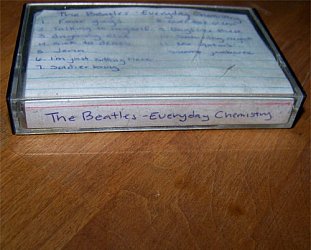
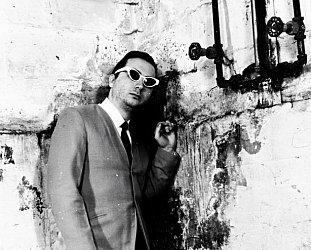
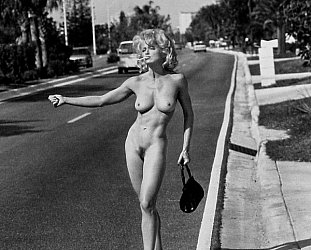
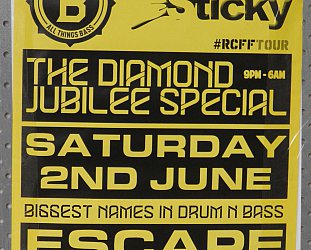
post a comment